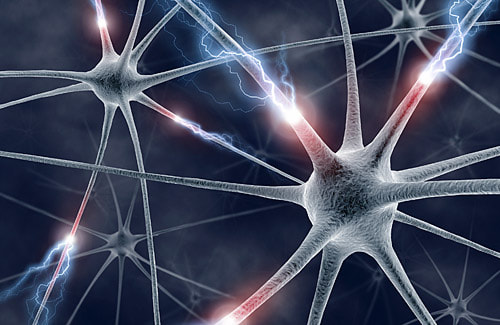|
During the 1950’s, psychologists found that “seven” is the magic memory number. In studies where the test subject is given a list of items to memorize, seven is usually the maximum number of items that is memorized. How do we explain this phenomenon?
When we are given something to memorize, whether it’s a grocery list, a phone number, or a sentence, neurons in our brain receive a signal and transmits the signal to other neurons. The triggered cluster of neurons must suppress other clusters in order to reproduce the memorization correctly. As the list becomes longer, the number of the clusters that must be suppressed increases exponentially. As a result, The list becomes harder to memorize as the length of the list increases. Recently, scientists Mikhail Rabinovich and Christian Bick developed a mathematical model to describe such an exponential growth. Before you start testing out the theory and even training your brain to beat the magic number, you should know that some people have already done so. Some people with autism can memorize up to a hundred random numbers in one read-through because of strong pathways in their brains that can fully suppress the clusters of neurons. http://www.skeptic.com/eskeptic/07-11-20images/neurons-firing.jpg http://www.physorg.com/news178220995.html CR
0 Comments
Leave a Reply. |
Categories
All
Archives
April 2024
|

